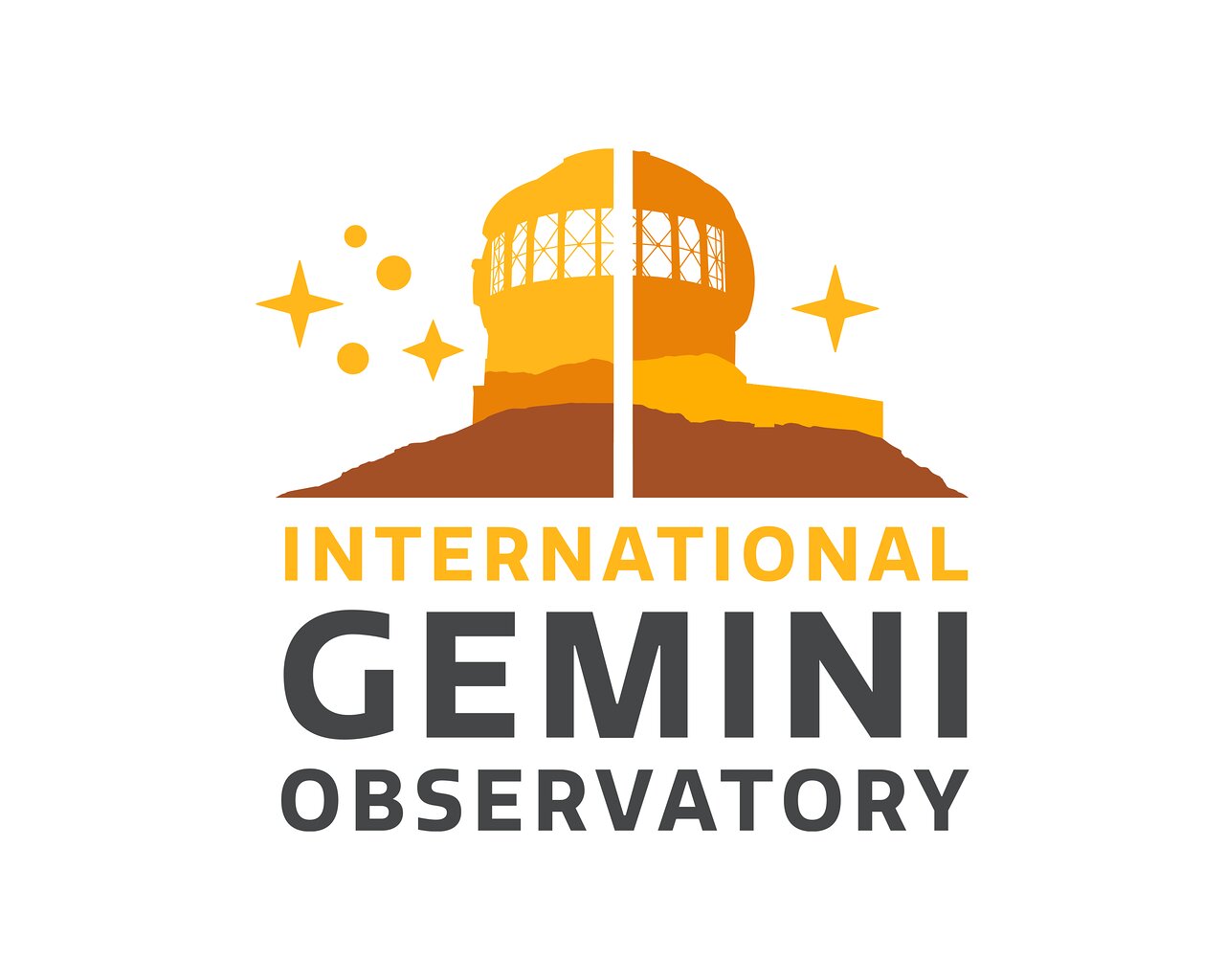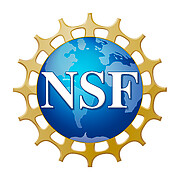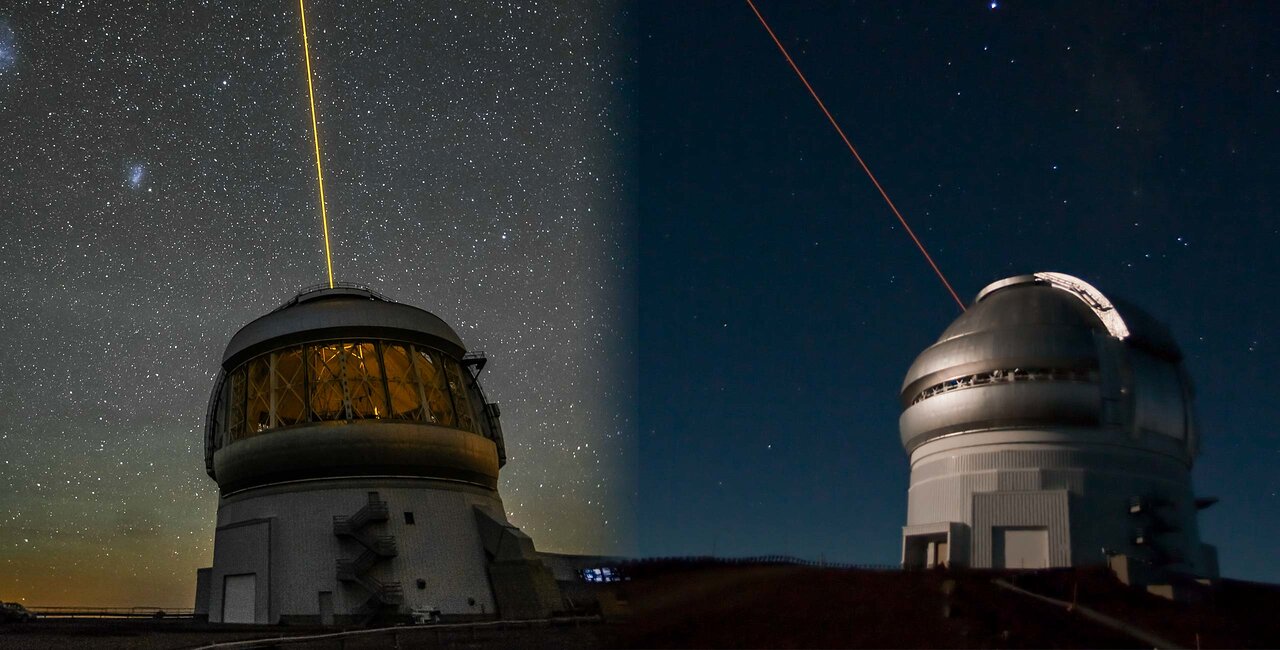 International Gemini Observatory
International Gemini Observatory
The international Gemini Observatory consists of twin 8.1-meter diameter optical/infrared telescopes located on two of the best observing sites on the planet.
From their locations on Maunakea in Hawai‘i and Cerro Pachón in Chile, Gemini Observatory's telescopes can collectively access the entire sky. The suite of capabilities at Gemini includes a wide-field laser adaptive optics system that complements other current ground- and space-based telescopes and the Vera C. Rubin Observatory. Gemini also hosts a robust visitor instrument program (unique among this telescope class). Gemini pioneers innovative approaches to proposing and observing, including: Fast Turnaround (monthly deadlines); Large and Long programs (multi-year research); and Priority Visitor mode.
The Gemini international partnership includes the United States, Canada, Chile, Brazil, Argentina and Korea: the US National Science Foundation (NSF), the Canadian National Research Council (NRC), the Chilean Comisión Nacional de Investigación Cientifica y Tecnológica (ANID), the Brazilian Ministério da Ciência, Tecnologia e Inovação, the Argentinean Ministerio de Ciencia, Tecnología e Innovación, and the Korea Astronomy and Space Institute (KASI).
These Participants and the University of Hawai‘i, which has regular access to Gemini, each maintain a National Gemini Office to support their local users. Any astronomer in these countries can apply for Gemini time, which is allocated in proportion to each participant’s level of support.
The astronomical community is honored to have the opportunity to conduct astronomical research on Maunakea in Hawai‘i. We recognize and acknowledge the very significant cultural role and reverence that this site has to the Native Hawaiian community.
The International Gemini Observatory is operated by NSF NOIRLab, which is managed by the Association of Universities for Research in Astronomy (AURA) under a cooperative agreement with the National Science Foundation.







